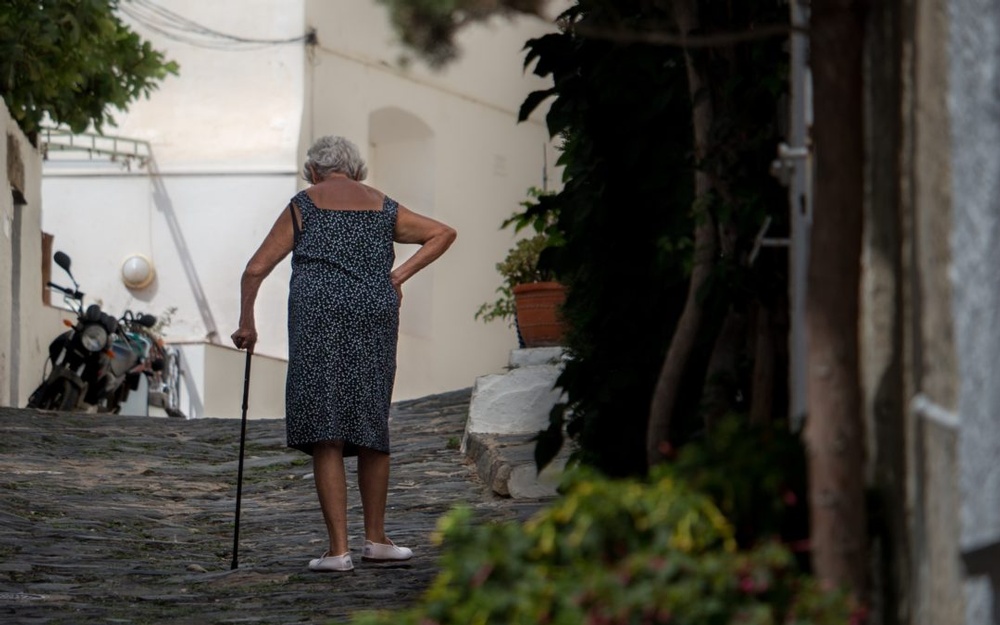How to Prevent a Fall

As we age, the possibility of falling becomes a legitimate concern. But it doesn’t have to cause paralyzing fear. Understanding what could potentially cause a fall and how to prevent one from happening will ease your fears and give you the power to move forward with confidence.
The Cause of Falls
There are reasons we are at a higher risk of falling as we age. Ironically, it’s not the actual aging that raises that risk. It is the underlying issues we face as we grow older.
The more underlying issues we face, the higher the risk of falling. These issues could be related to your physical condition, medical problems, or safety hazards in our homes and communities.
Risk Factors
Scientists have linked a number of personal risk factors to falling.
- Muscle weakness – We tend to lose muscle mass as we age. While exercise can maintain muscle mass, the aches and pains and health issues that come with aging can keep us down. This is why muscle weakness is one of the most important risk factors.
- Balance/Gait – With loss of muscle often comes loss of balance and a change in gait. Both of these things significantly raise the risk of falling.
- Blood Pressure – There may be times when you stand up and have a sudden drop in blood pressure. This is called postural hypotension, and could be caused by dehydration, certain medications, or a variety of other conditions. The sudden drop could cause dizziness and put you at risk of falling.
- Reflexes – Our reflexes age right along with us. Slower reflexes means a slower reaction to tripping or losing your balance.
- Foot Problems – If you suffer from pain in your feet, you’re at a higher risk of falling. Unsafe footwear also plays a major role. Avoid backless shoes, high heels, or slippery shoes.
- Sensory Issues – Poor eye sight or hearing loss could prevent you from noticing a potential hazard. If you struggle with numbness in your extremities, you may not feel an obstacle that could cause a fall.
- Confusion – Whatever the cause of the confusion, whether it be momentary or longer term, could lead to a fall. Take a moment to recover from the confusion or ask for help before attempting to move about.
- Medication – different medications can cause dizziness, sleepiness, or confusion that raise the risk of falling.
Preventing a Fall
Fortunately, there are several things you can do to lower your risk of a fall. Take these actions now to prevent a future fall.
- Stay active. Building up those muscles will give you the necessary strength to avoid falls. You’ll also become more flexible and improve your reflexes through exercise.
- Get your eyes and ears checked. Small changes in your sight or hearing will make a huge difference. Once you have the right prescriptions, give yourself some time to adjust to them. And then be sure to use them!
- Stand up slowly. This will help prevent the sudden drop in blood pressure. If you’re concerned, you could have your blood pressure checked while you’re still seated and again when you stand up.
- Know the side effects of your medication. If you experience dizziness or sleepiness as a result of your medication, talk to your doctor right away.
- Limit your alcohol consumption. Studies show that hip fractures among seniors increases with alcohol use. It inhibits your reflexes and balance.
- Use something to help keep you steady. Using a cane or a walker will give you some much needed stability. Make sure to use devices that fit you appropriately and work well.
- Get plenty of sleep. We simply don’t function at our best when we’re sleep deprived. Don’t let sleep deprivation be the cause of a fall!
- Be aware. Even if you have perfect eye sight and a strong physique, if you’re not paying attention to what’s around you, you will trip up. Watch for wet or icy surfaces, wear non-skid shoes, and pay attention to your surroundings.
You have no need to fear a fall! Understand your risks and take these preventative actions, and walk on with confidence!